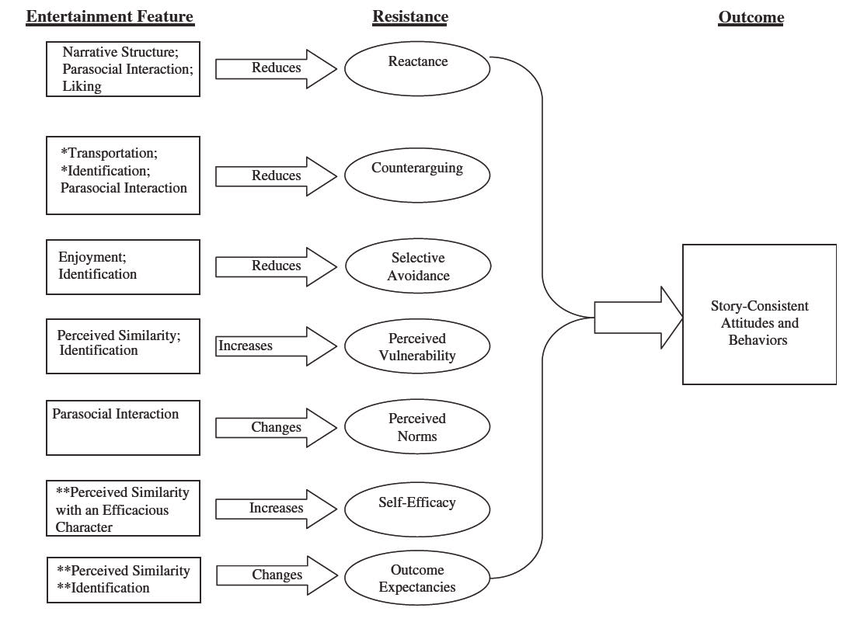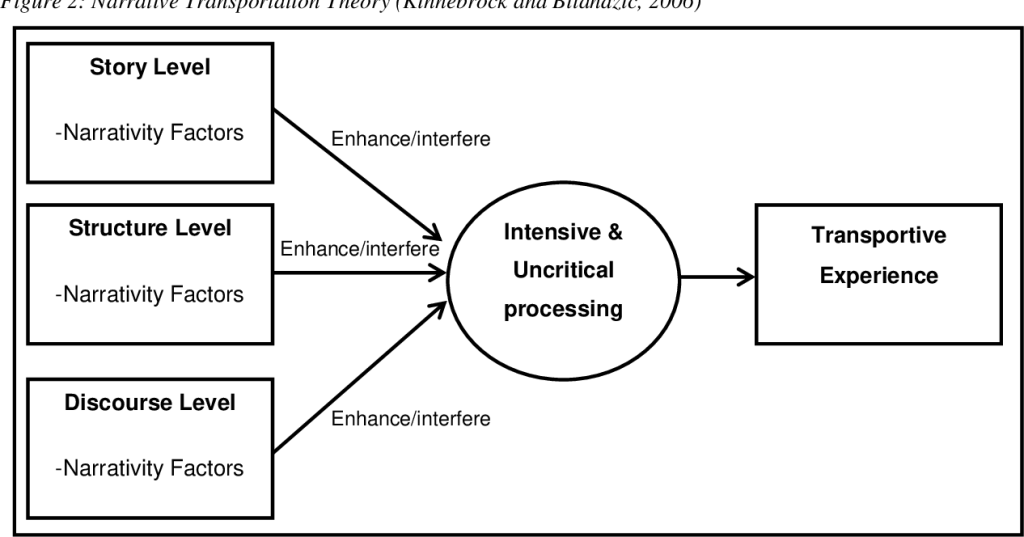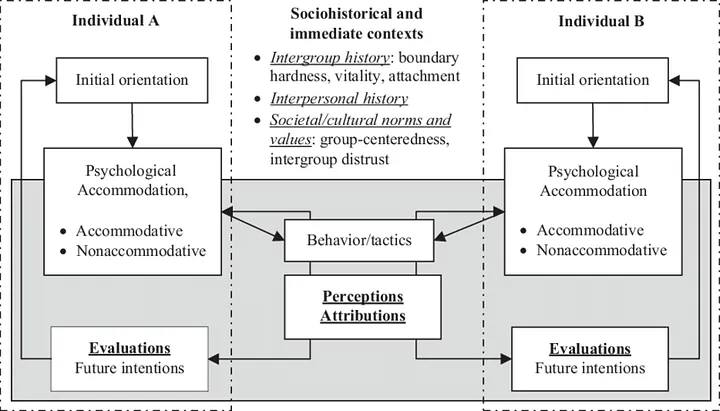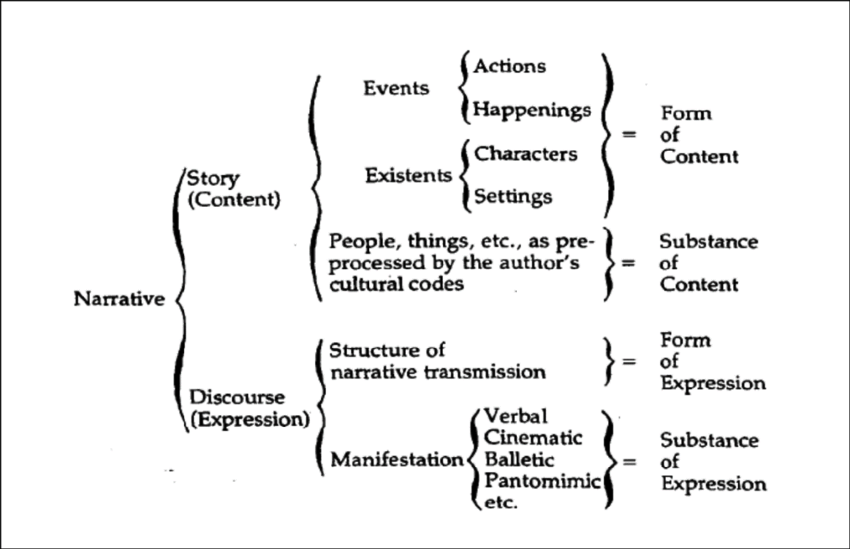Media has become an indispensable part of our daily lives, and immersiveness is a key factor that determines the success and popularity of any medium. Immersiveness refers to the extent to which a medium captures and holds the attention of its audience, and makes them feel involved in the story or the experience. According to Bryant and Vorderer (2006), an immersive medium has the ability to transport the audience to another world, and create a sense of presence and engagement. It enables them to escape reality, and experience things that they would not have the opportunity to experience in their everyday lives. Immersiveness also has therapeutic effects, as it can help people cope with stress, anxiety, and other mental health issues.
Several factors contribute to the immersiveness of a medium. One of the key factors is the narrative. A well-crafted narrative can create a sense of continuity and coherence, and help the audience become invested in the story. For example, a TV series like Game of Thrones, with its intricate plotlines and well-developed characters, has a high degree of immersiveness, as it captures the attention of its audience and makes them feel emotionally invested in the story.
Another important factor is the audio-visual experience. The quality of the audio and visuals can greatly enhance or detract from the immersiveness of a medium. According to Jennett et al. (2008), a video game with realistic graphics and immersive sound effects can create a sense of presence, and make the player feel like they are part of the game world. Similarly, a movie with high-quality cinematography and sound design can transport the audience to another world, and create a visceral emotional experience.
Finally, interactivity is a key factor in the immersiveness of a medium. Interactive media, such as video games or virtual reality experiences, enable the audience to actively engage with the medium, and have agency in the story or the experience. This can greatly enhance the sense of immersion, as it makes the audience feel like they are part of the medium, rather than simply passive observers.
In conclusion, immersiveness is a crucial factor in the success and popularity of any medium. By understanding the factors that contribute to immersiveness, media creators can enhance the engagement and experience of their audience, and create truly immersive and memorable experiences. As Ryan (2015) notes, effective use of narrative, audio-visual experience, and interactivity can greatly enhance the immersiveness of a medium, and create a deep emotional connection with the audience.
References:
Bryant, J., & Vorderer, P. (Eds.). (2006). Psychology of Entertainment. Routledge.
Jennett, C., Cox, A. L., Cairns, P., Dhoparee, S., Epps, A., Tijs, T., & Walton, A. (2008). Measuring the experience of immersion in games. International Journal of Human-Computer Studies, 66(9), 641-661.
Ryan, M. L. (2015). Narrative as virtual reality 2: Revisiting immersion and interactivity in literature and electronic media. JHU Press.




